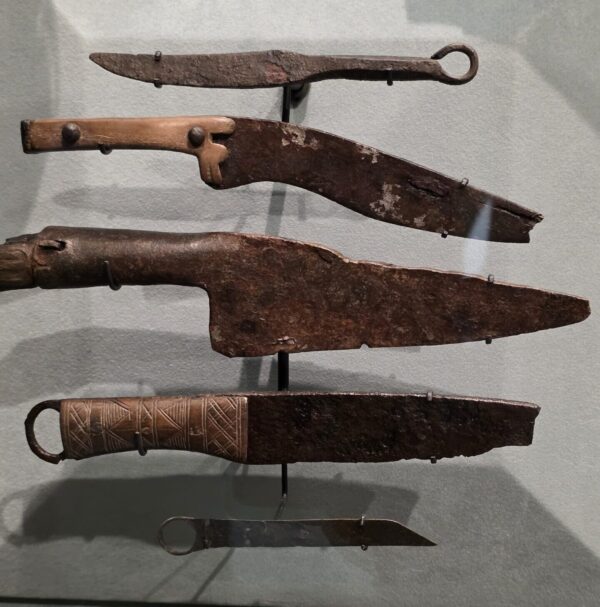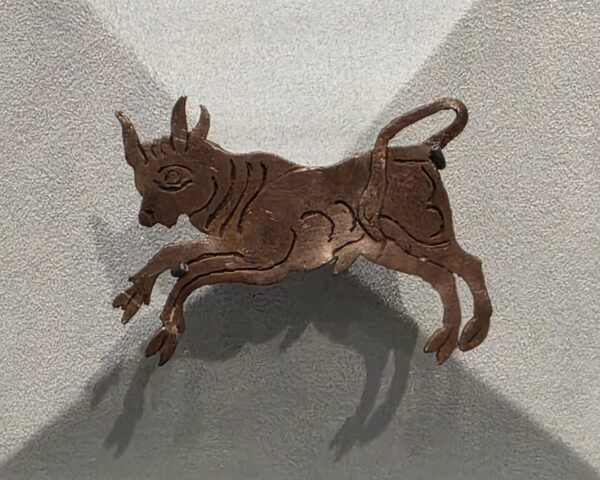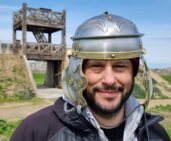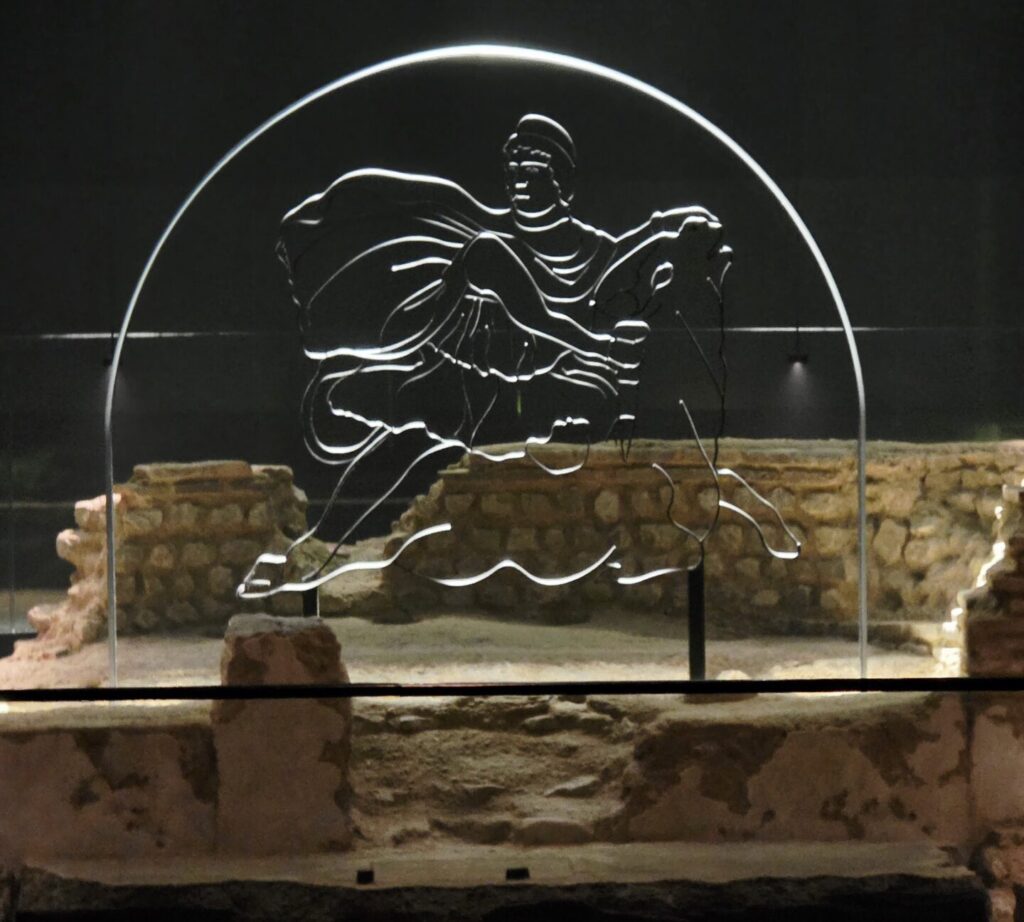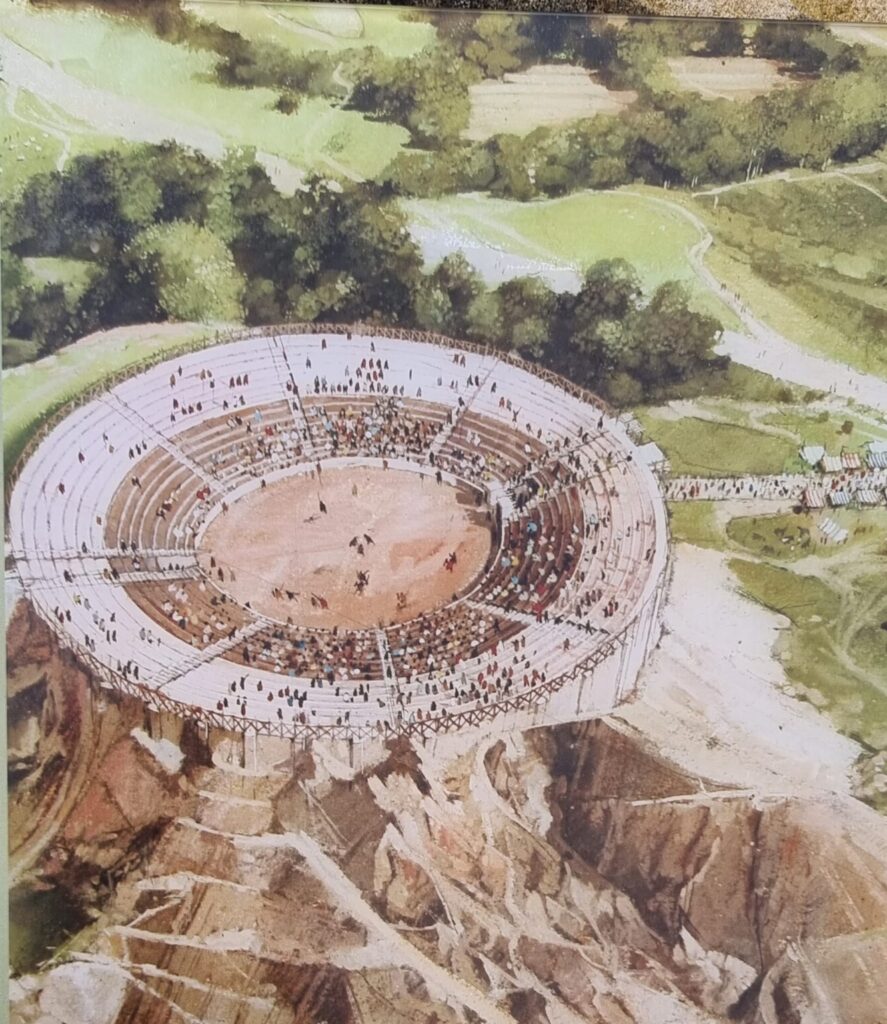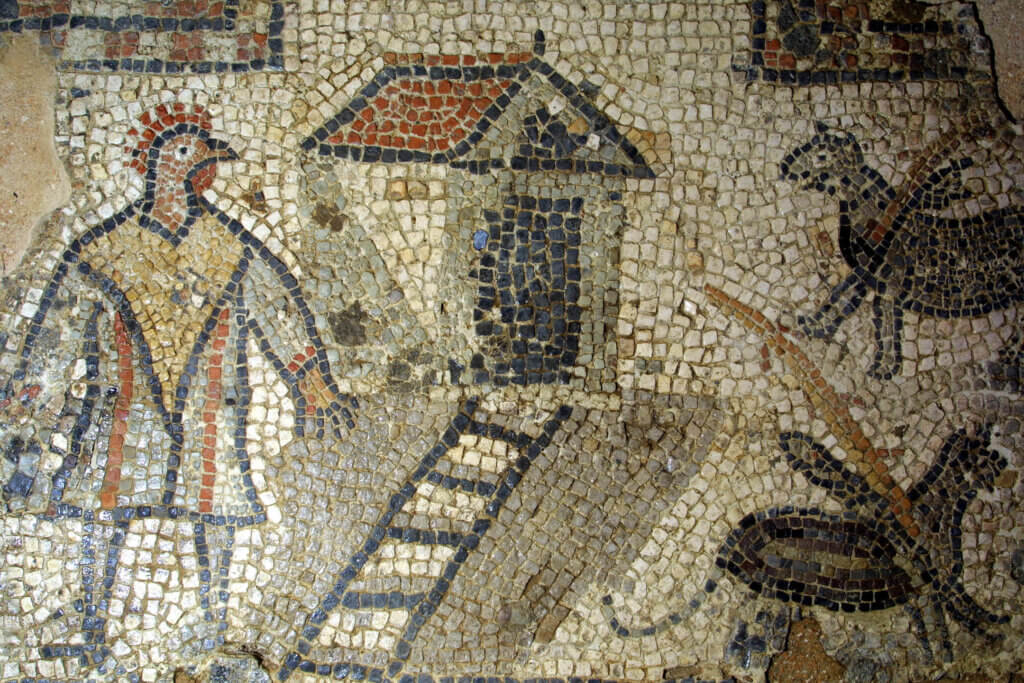The Mithraeum, a temple to Mithras, sits some 7 metres below the current street level and was discovered by chance in the early 1950s. At this time London was still carrying the scars of the blitz, the temple’s ruins were found in a bombsite. At the time the city was undergoing a rebuild and the developer of the site offered to dismantle the temple and reconstruct it nearby. What resulted was a mish mash, though impressive it wasn’t considered very accurate. A new owner of the original site, Bloomberg, brought in archaeologists what followed was an excavation of the original site as well as relocating the remains back to where they had once stood. What you can visit now is a deserving space which includes finds and an interactive experience (this only lasts some 6 minutes but I found it very impressive). All this for free (and here’s the official website)
Mithras.
Mithras was a relatively new addition to Roman worship. It’s thought he originated from the east (most likely Iran) and became popular in the 1st century AD. He’s most commonly depicted killing a bull which itself is known as a tauroctony and a sculpture featuring this was found at the site (though it’s located at the London Museum, not the Mithraeum). His worship was shrouded in secrecy. A temple to Mithras carried this motif, the absence of windows said to create a space to mimic a cave which is where Mithras killed the bull. More about his worship can be read here.
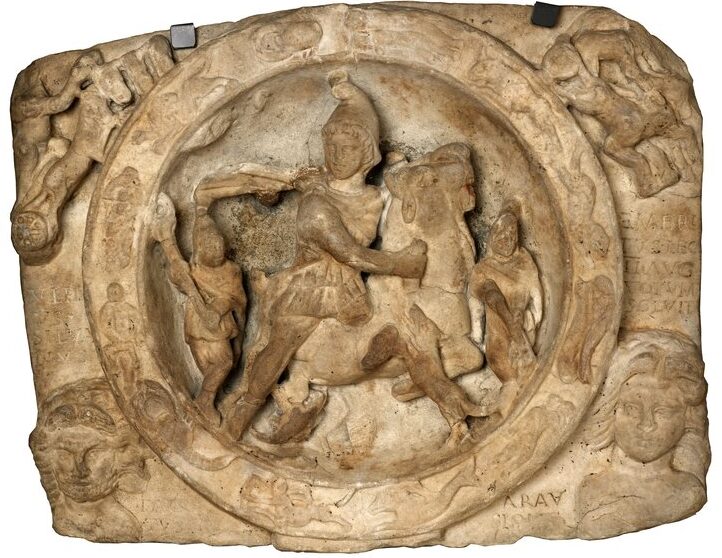
Sculpture of Mithras slaying the bull found at the site (240-350 BC)
Worship of this new god took hold, particularly with soldiers. Indeed, a Mithraeum was found at Housesteads Fort on Hadrian’s Wall, another still stands near Carrawburg Fort.
The Mithraeum.
The temple once stood on the banks of a river and consists of a central nave with aisles either side for the seating of around 30 people. At one end once stood the sculpture which is now represented by a glass feature, a clever way of making this visual. It seems to have been built around AD 240 and an inscription found nearby suggests that the founder of it was one Ulpius Silvanus.
The photo below looks down the central part of the temple (nave) and to where the sculpture once stood – now represented by the glass installation. You can see the aisle on the left which would have been seating.
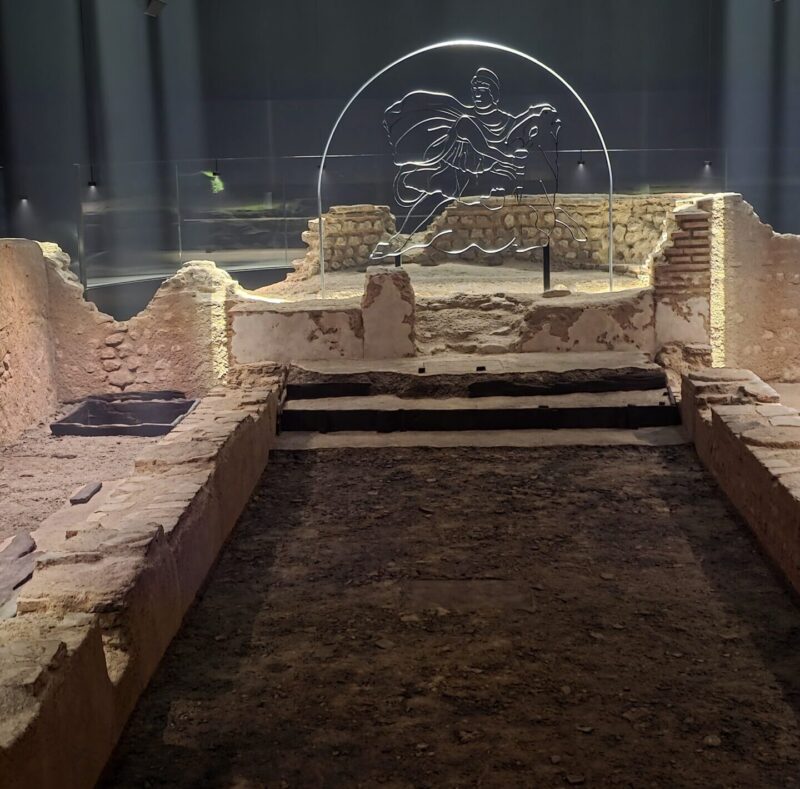
You can get a sense of scale from the below photo – you cannot walk in the temple but an area above the nave is accessible via a walkway.
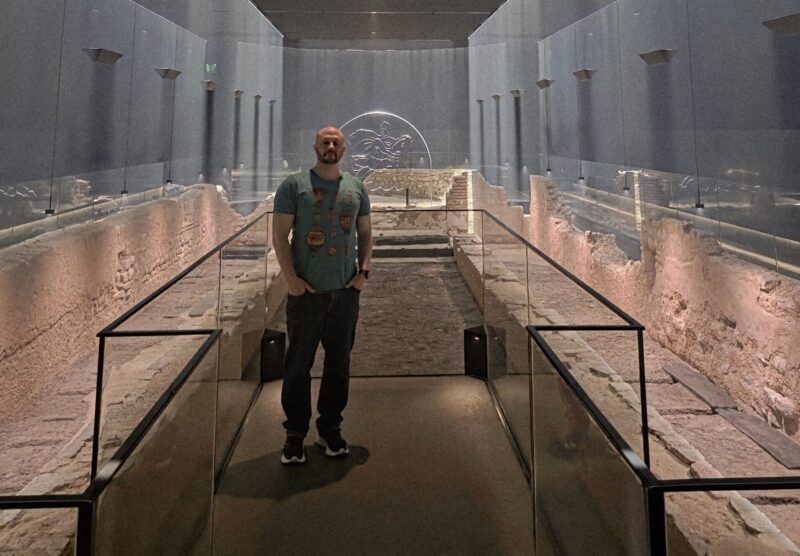
Finds from Roman London.
The temple itself is impressive, it can be accessed as part of the interactive tour. This involves lights being dimmed with chants and voices, after this you are free to walk around the sides and use the central walkway. Upstairs a wall features many objects found during excavations most of which predate the temple. What’s worth noting is that some of these finds were from overseas, much like those I saw at Richborough and Worthing. This further underlines the movement and networks which were a feature of Rome (another example being the Sarmatian found in Roman Britain).
Here are a few pieces I saw (if you want to use any just provide a link to credit this website).
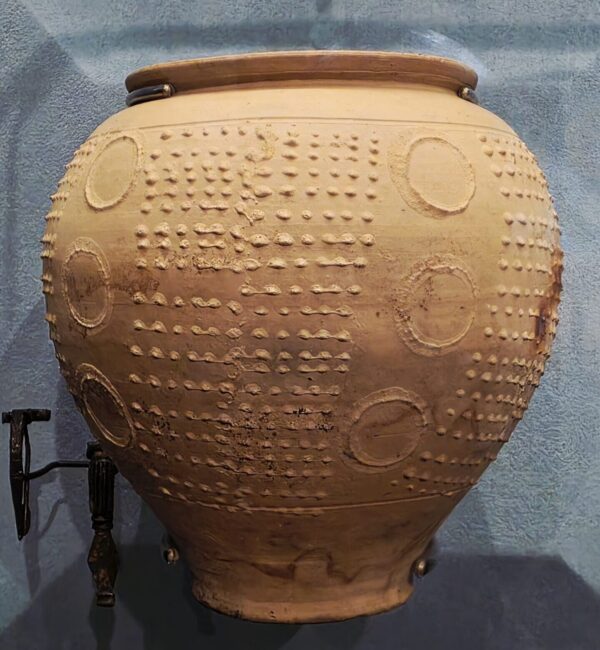
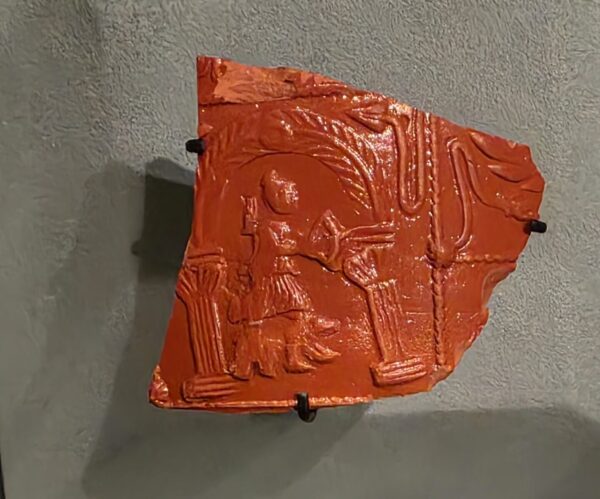
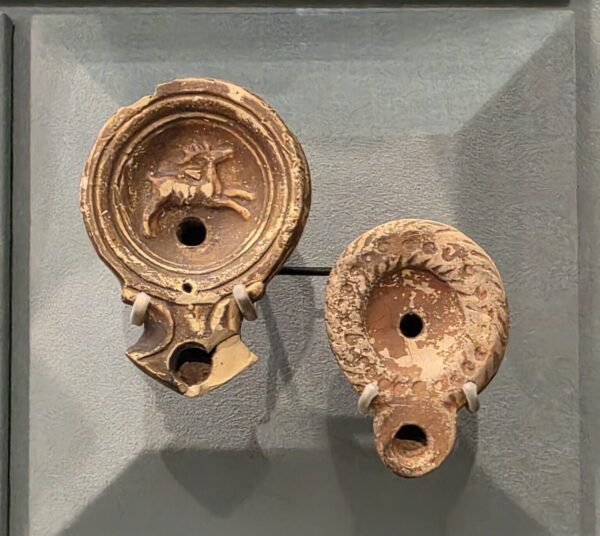
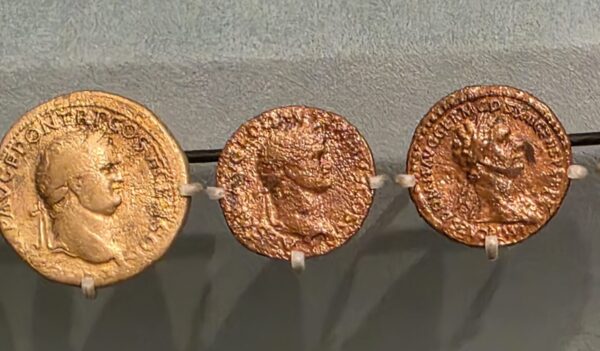
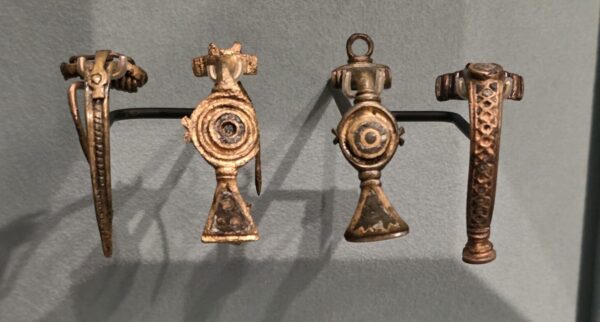
Copper alloy brooches (AD 43 – 160)
